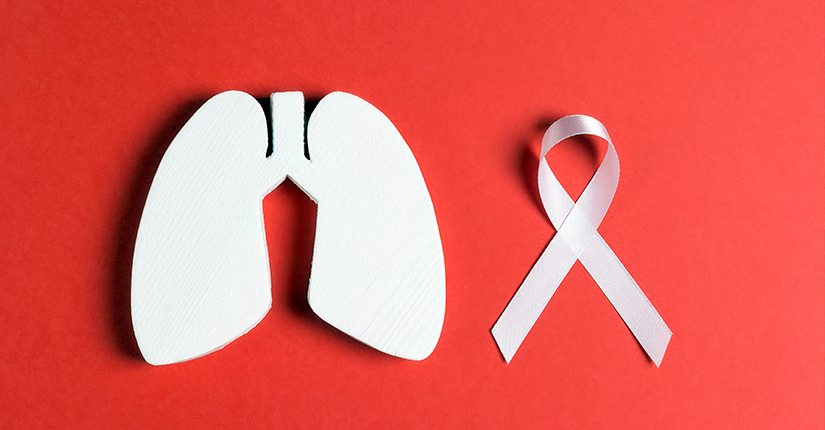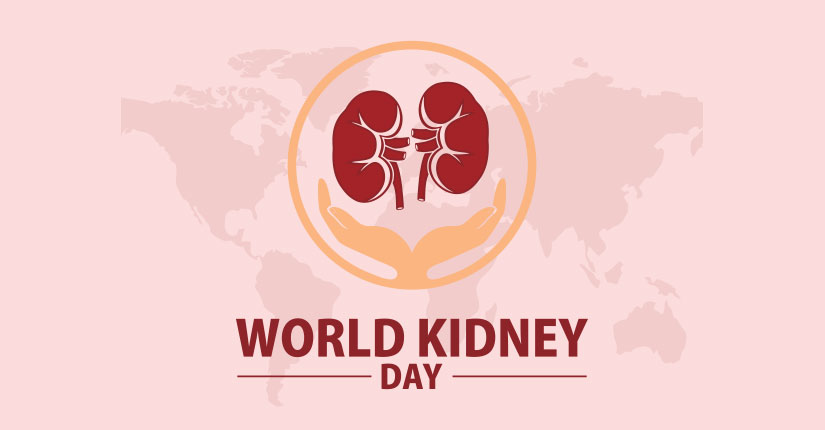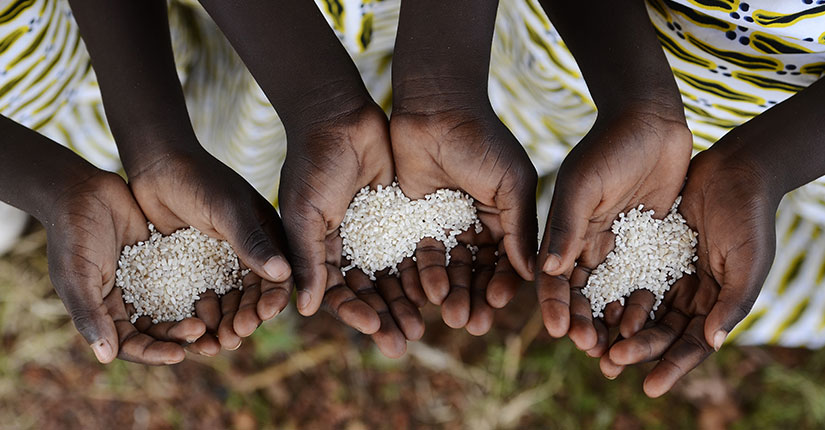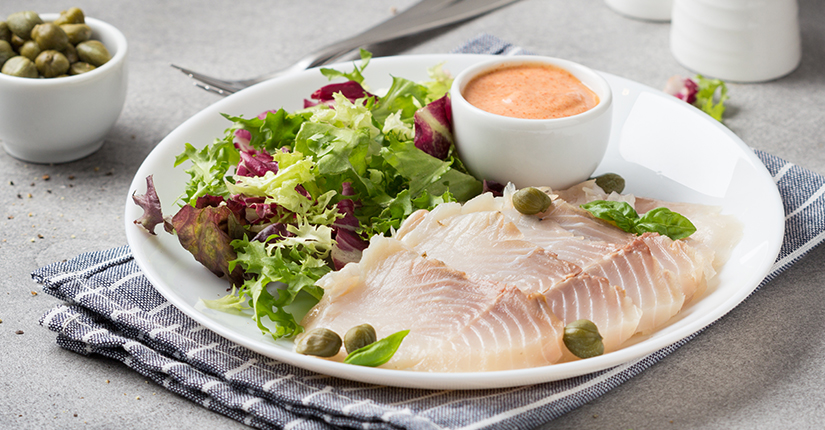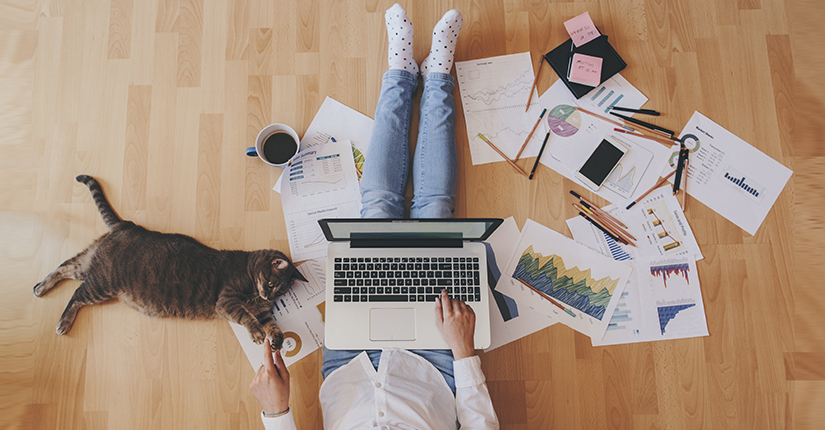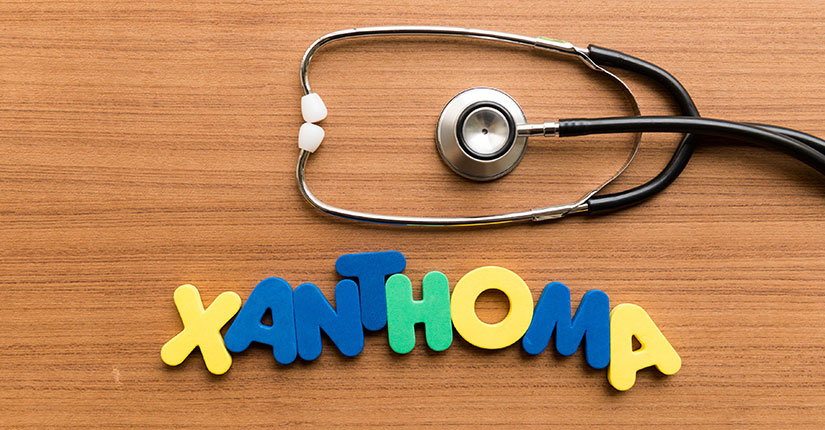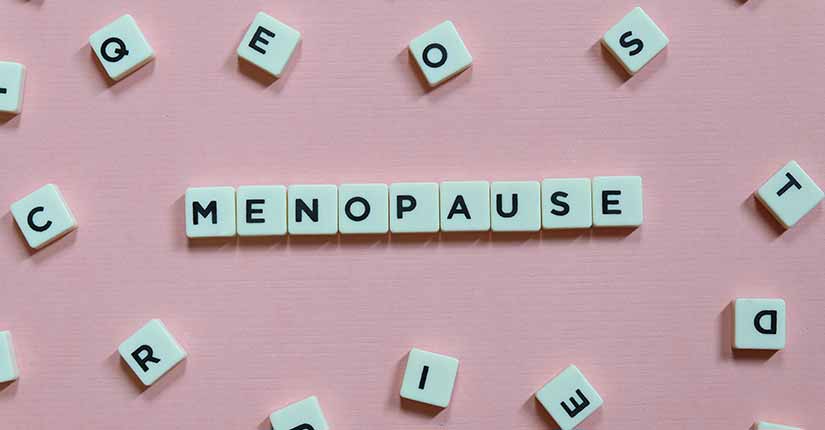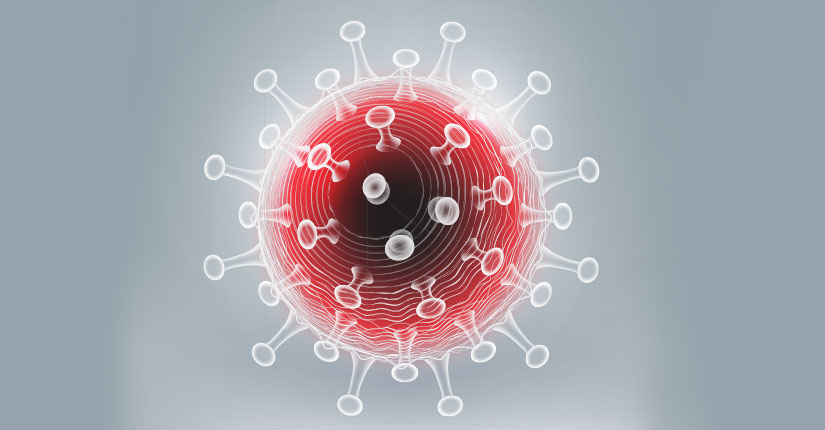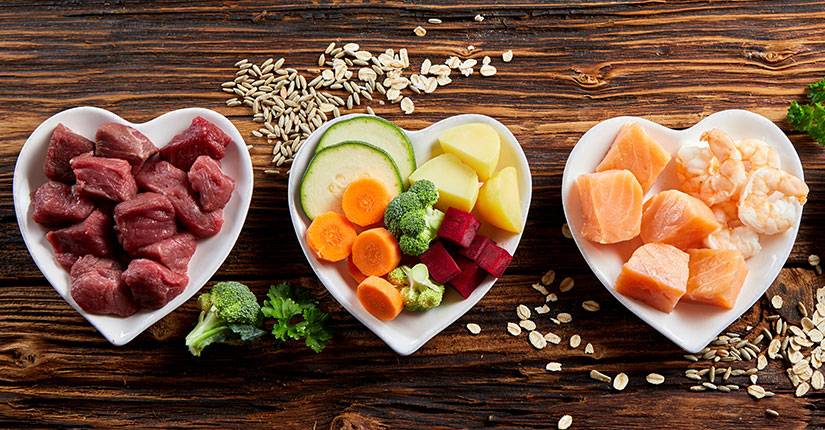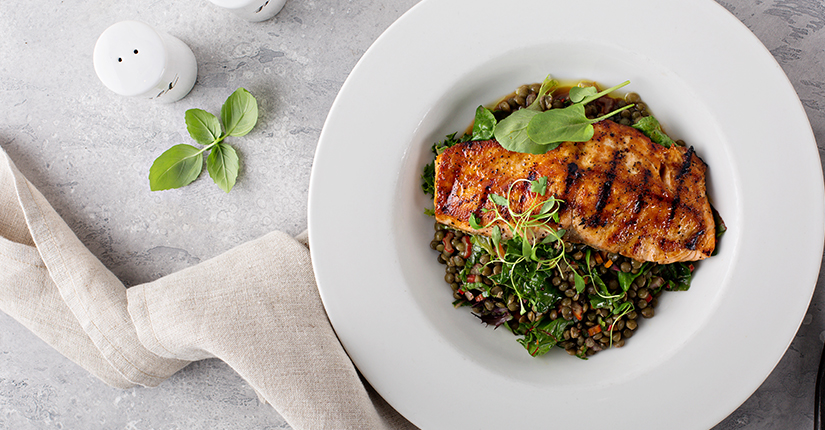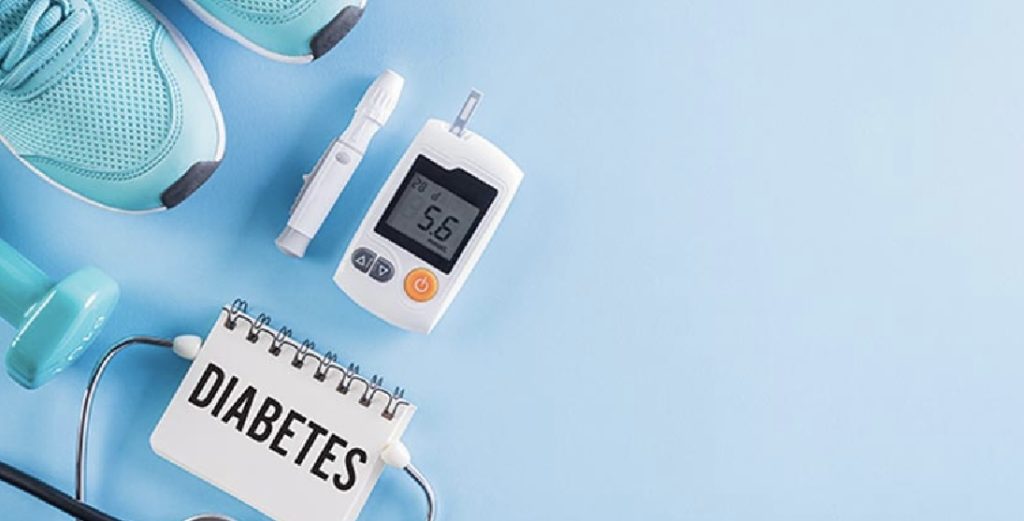How to lose weight without losing muscle mass?
By Selena Richard 17-Feb 2020 Reading Time: 5 Mins
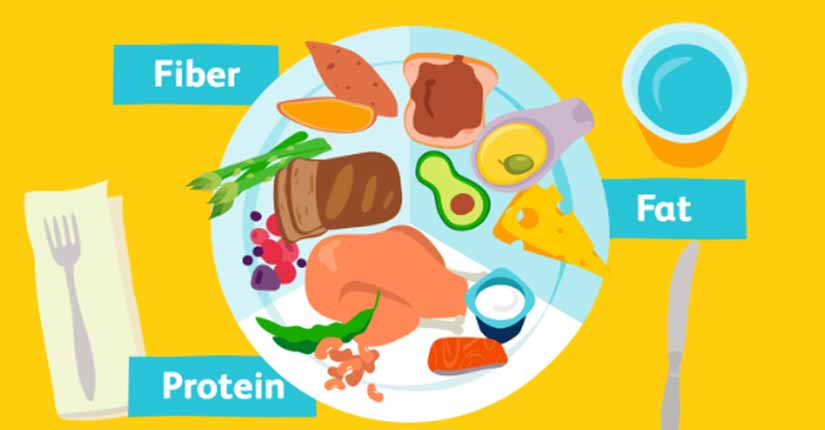
Losing weight is not necessarily to lose fat. The weight we see on the scale covers the values of muscle, water, fat, bones and organs. The first three are the values that we can control and, to some extent, “manipulate.”
When we are on a diet plan to lose weight, we eat with a caloric deficit, that is, we consume fewer calories than we spend. That difference allows the body to lose weight. Now, under this scenario, we must worry about preserving the muscle and carrying out all the recommendations so that the weight we lose is fat.
Why is it important to take care of muscle mass? Below are the reasons:
- It allows you to have a faster metabolism because more calories are used to maintain that muscle.
- You become more tolerant of carbohydrates because you increase insulin sensitivity.
- It also allows you to oxidize more fat because there are more energy transfer receptors in the muscle.
- And if that were not enough, if you want to have a better figure, toned body, and better body composition, it is the muscle that will give you that ‘fit’ appearance.
So what should we do to maintain the muscle?
Train- For the women reading out this- make sure to train heavy, without fear of believing that you will end up with a manly body. This is not going to happen just like that, we don’t have enough testosterone to build as much muscle as men. In addition, you are eating in a deficit, so the muscle does not have excess calories from which to lean to increase its size. Muscle development is not something that happens overnight, so you can detect in time if you feel that you are becoming very “muscular.” You must do an intense job so that the external stimulus causes micro-tears in the fibers and the muscle is maintained.
Cardio Exercises- Plan your cardiovascular exercise well without falling into excesses, since after 1 hour of this type of training, your body may have already used carbohydrates and fat as a source of energy, so you will use muscle mass. Therefore, do not overdo it and do cardio for 45 minutes maximum. Focus on varying the cardiovascular between HIITs (High Intensity Interval Training) and less intense sessions to protect the muscle. With this strategy, you also avoid sagging.
Some Basic Do’s & Don’ts:
- Do not train on an empty stomach. If you do not have energy available for training, the body will take it from the muscle and that is just what we do not want to happen.
- Do not be afraid of carbohydrates. They are necessary for the body to have energy and the same does not happen from the previous point.
- There are some supplements that, although not essential, help you in the process. For example, protein shake before or after training with a fruit. I prefer it before, because at the end of breakfast. BCAAs that are branched-chain amino acids ideal for muscle recovery, improve performance and be ready to train hard the next day.
Sleep! Believe it or not, during the rest period the body regenerates and finally, the hormones do their job. This is essential so that they are in balance and all your effort yields its fruits, having the appetite under control and feeding the muscle mass.

